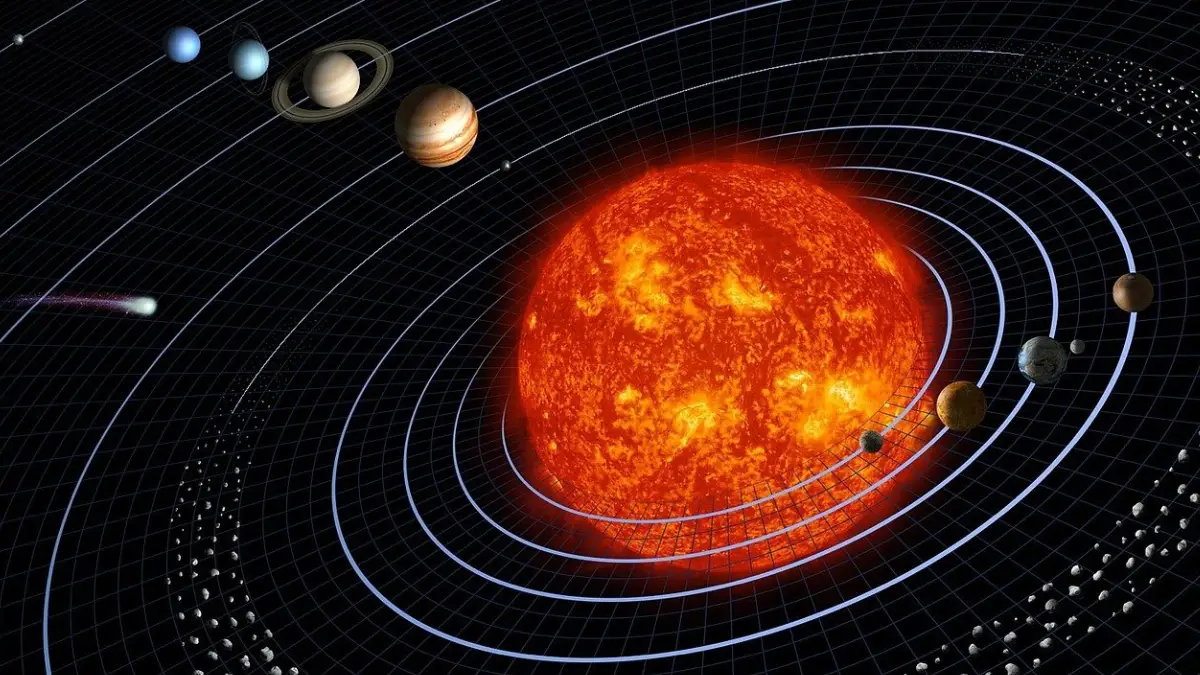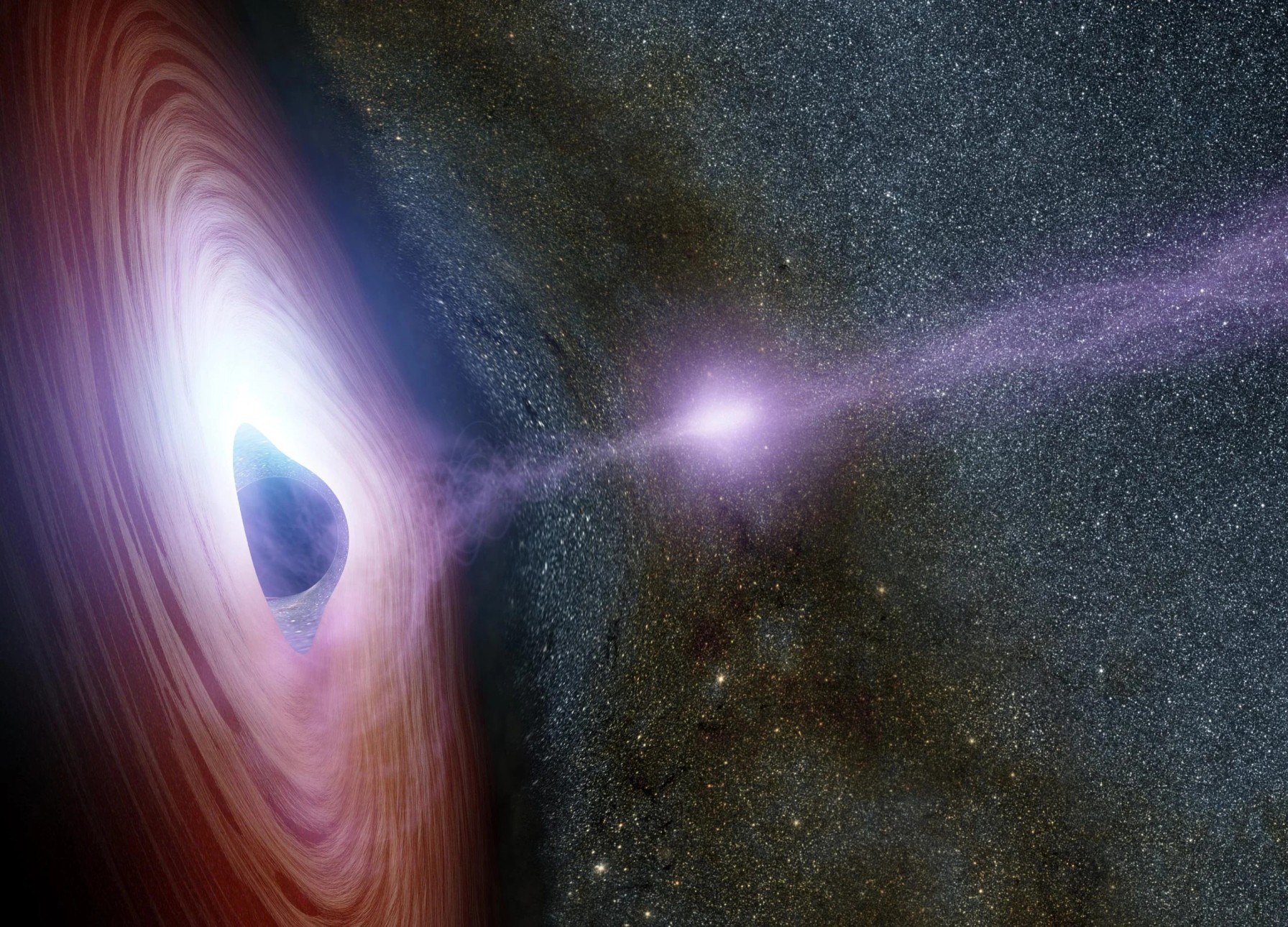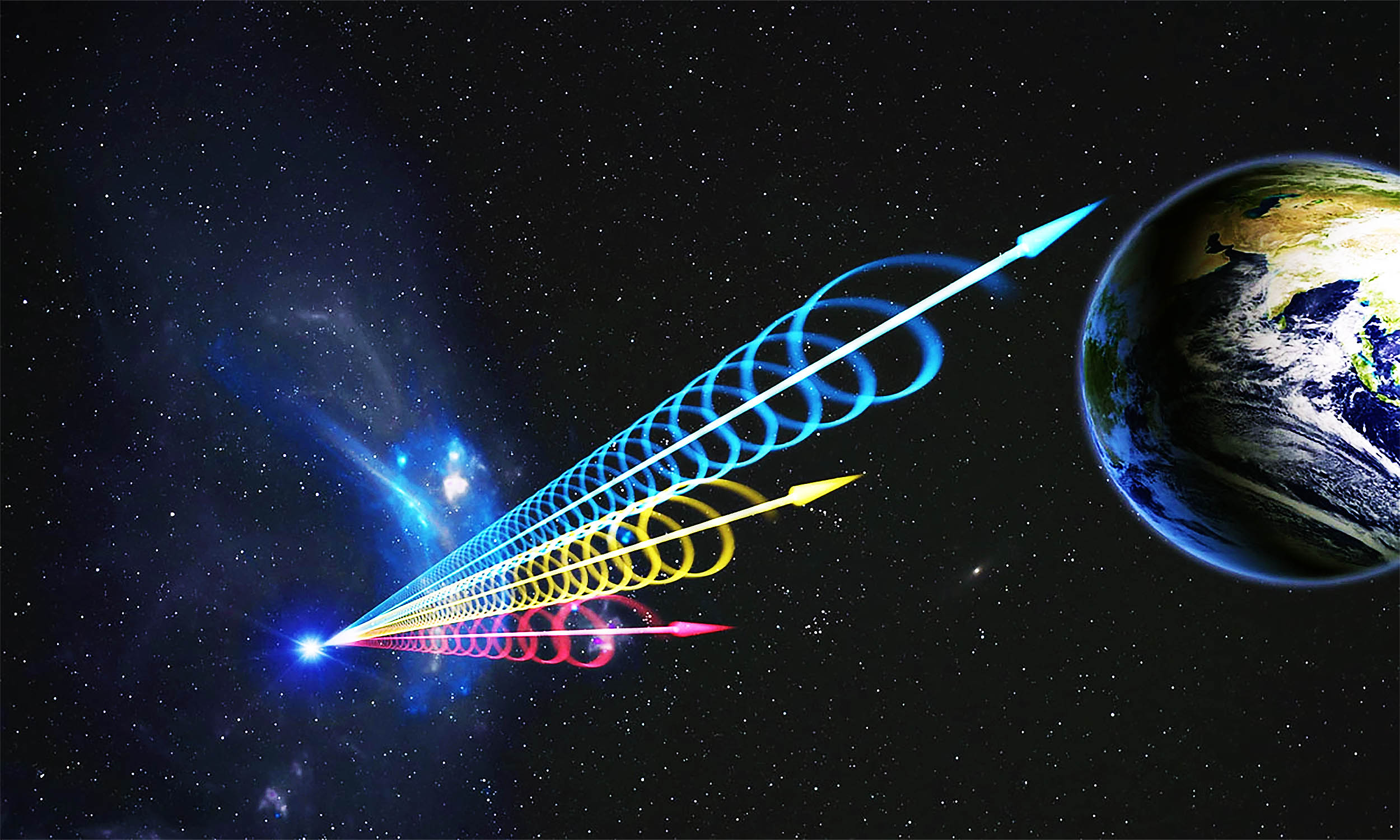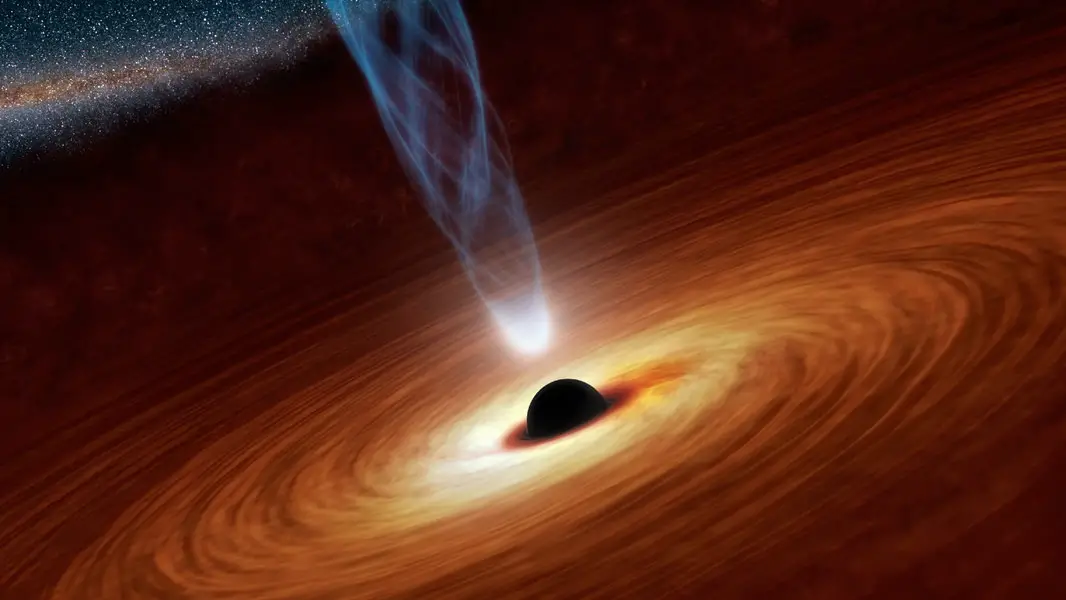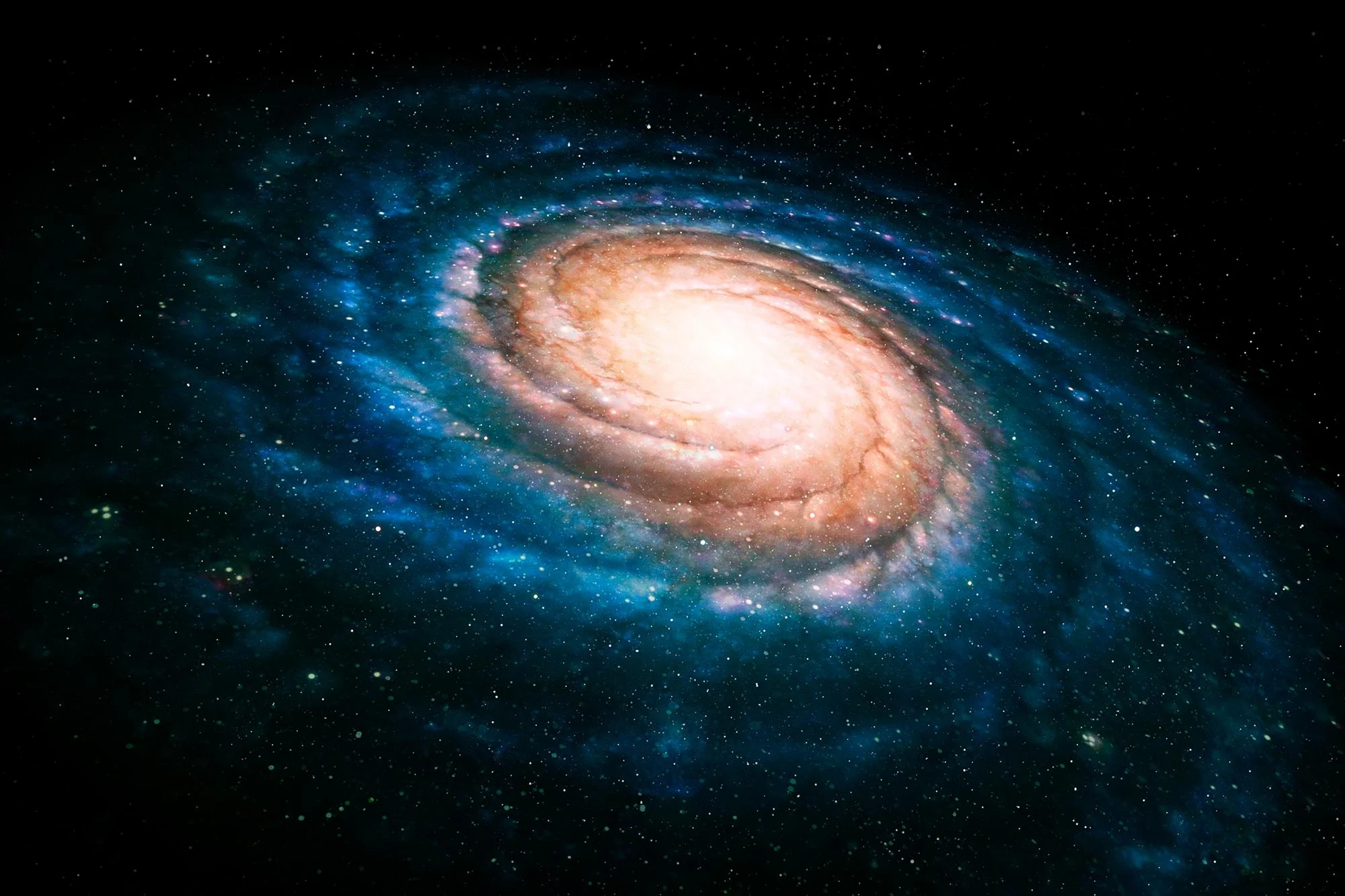The Solar System will stay stable for at least 100 billion years—far longer than Earth itself!
Key Takeaways:
- Scientists estimate that a close stellar flyby capable of destabilizing the Solar System won’t happen for another 100 billion years.
- Even when a star does pass nearby, it’s still unlikely to disrupt the planets’ orbits significantly.
- Using advanced simulations, researchers found that stellar flybys had a much larger impact during the Solar System’s early years.
- The Sun will expand and engulf Earth in about 5 billion years, making distant flybys irrelevant to us.
- While stars like Gliese 710 will pass relatively close in the future, they won’t pose a serious threat to our planetary system.
__________
Astrophysicists have long studied the impact of stellar flybys—events where passing stars come close enough to affect planetary orbits. But new research led by Garett Brown and Hanno Rein from the University of Toronto at Scarborough has provided reassuring news: our Solar System won’t face a destabilizing stellar encounter for at least 100 billion years. Their findings, published in the Monthly Notices of the Royal Astronomical Journal, suggest that while flybys were significant in the Solar System’s early history, they are no longer a major concern.
A Long and Stable Future
Using high-powered simulations on the Niagara supercomputer, Brown and Rein explored how close a passing star would need to be to disturb the Solar System’s stability. They found that for any real impact, Neptune’s orbit would have to shift by at least 0.03 AU (about 4.5 billion meters). This level of disturbance, however, is incredibly rare—occurring only once every 100 billion years in our region of the galaxy.
Their research also tackled the famous N-body problem, which describes the difficulty of predicting how celestial bodies interact gravitationally over long periods. Because even tiny changes in initial conditions can lead to wildly different outcomes, astronomers rely on thousands of simulations rather than a single predictive model. Despite these challenges, Brown and Rein’s results consistently showed that significant perturbations are unlikely anytime soon.
Past and Future Stellar Encounters
Historically, stellar flybys were more common during the first 100 million years of the Solar System’s evolution, when the Sun was still part of a dense star cluster. These encounters likely shaped the outer planets and influenced the formation of the Kuiper Belt and Oort Cloud. However, as the Sun moved into a less crowded region of space, the frequency of close encounters dropped dramatically.

Today, astronomers track potential future flybys using precise data from the European Space Agency’s Gaia Observatory. The closest known upcoming encounter involves Gliese 710, a star that will pass about 10,000 AU (0.17 light-years) from the Sun in 1.3 million years. However, this distance is far too great to pose any real risk. Similarly, past flybys—such as HD 7977’s passage 2.5 million years ago within 3,000 AU—had no significant effect on planetary orbits.
Ultimately, while stellar flybys remain an interesting topic in astrophysics, they pose no real danger to Earth or the Solar System’s stability. In fact, long before any disruptive event could occur, the Sun itself will have evolved into a red giant, rendering these cosmic encounters irrelevant to life as we know it.
